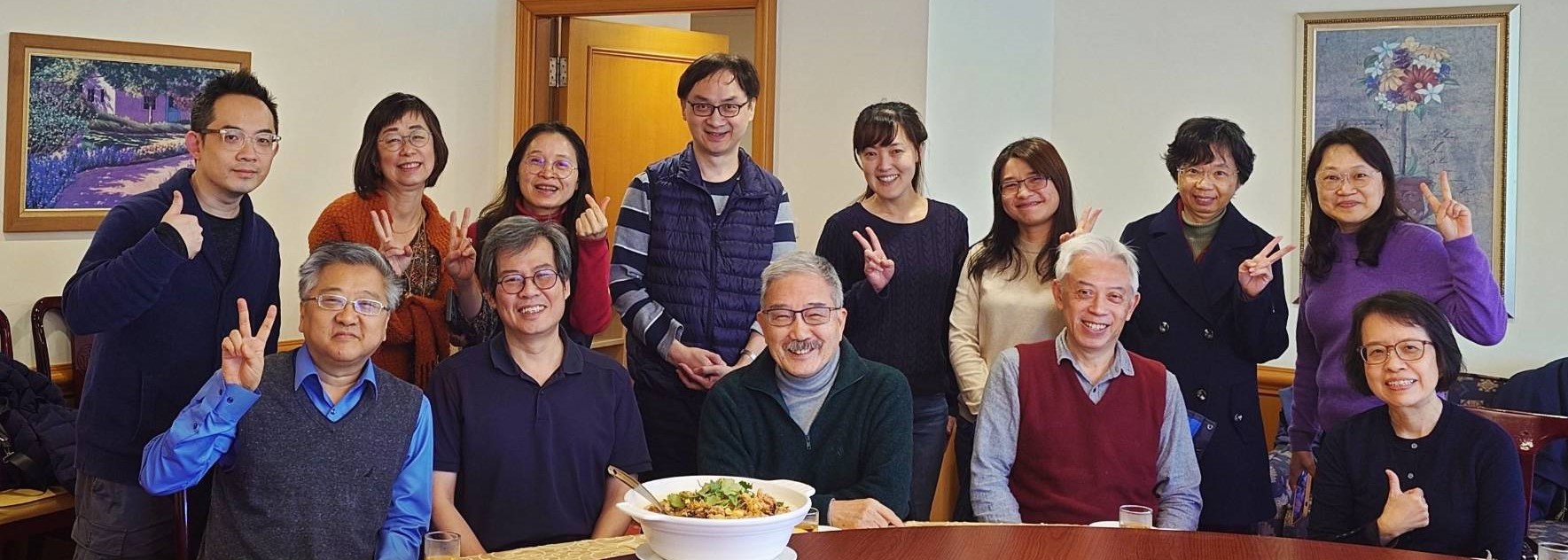Introduction: Physiology is the foundation of basic medicine, and pharmacology is the basis of clinical treatment. Whether in the past or today's biomedical field, the teaching and research of physiology and pharmacology is the bridge between clinical and basic medicine. The combination of physiology and pharmacology in this discipline is to hope that through the integration of biomedical teaching and research, from the clinical medicine - human physiology - animal model - tissue organ - cell function - biochemical machine to cross-domain coherence. In addition, through the group team research method, the discipline works in a single field (such as neuroscience, cell physiology or cardiovascular function), and integrates physiology, pharmacology, molecular biology and biological information on several important issues. The learning and research methods are expected to be explored in a holistic manner to establish a complete physiologically relevant academic structure. In addition to the basics (physiology, pharmacology), other courses such as neuroscience, circulatory system, and respiratory system are integrated into different fields of research; research groups will also be established. Strengthen existing teams in cardiovascular function, cerebrovascular disease, neuroscience, and cell biology tissue engineering, actively strive for group planning, and establish a joint/co-host relationship and develop new research topics through the implementation of group plans. At the same time, in line with the needs of life science in the post-genome era and in line with the concept of combining basic medicine with clinical medicine, we will also work towards a forward-looking and practical biotechnology research direction. In addition to establishing cooperative relationships with various departments of the school, the members of the group will cooperate with Chang Gung Memorial Hospital in ophthalmology, surgery, obstetrics and gynecology, dentistry, rheumatology, anesthesiology and neurology, and will strengthen and expand such cooperative research in the future. The basis is out of school. The above objectives are in line with the overall development of the school, including the integration of basic medicine and clinical medicine, the combination of theory and practice, and the development of teaching and research.
Number of teachers: 12 full-time teachers
Number of students: Please refer to the website of the Faculty of Medicine and Biomedical Research
Features:
The physiology and pharmacology discipline is the subject of convergence and clinical, and the physiology represents the formal entry of the basic discipline into the overall level. It can systematically link the biochemical division, anatomy and cell biology previously learned and give physiological meaning. The teaching of pharmacology represents the specialized application discipline after physiology. It is of great clinical importance to the medical, Chinese medicine and nursing departments of medical schools, and can be used to integrate the basics learned before, basic and clinical. Teaching is responsible for the responsibility of the first and the future. This is the only discipline in the domestic medical school that integrates physiology and pharmacology. It can complement the exchange of teachers and teaching support. This subject is also located in the Department of Physiology and Pharmacology under the Institute of Basic Medicine. Therefore, the research also has the same characteristics. It analyzes and discusses various physiological and pharmacological issues from the perspective of holistic view, and expects to be able to learn from molecules and genes. At the beginning of the study, through cell physiologic signal transduction and in vitro biochemical analysis, it can ultimately be based on physiological functions or behavioral manifestations. Another feature in this discipline is that there are many teachers who specialize in the cardiovascular system and the nervous system. Therefore, it is possible to plan sub-specialties in the disciplines, such as the preliminary and advanced curriculum planning of neurobiology, and the future will be able to connect with the students. Research planning for science students.
Areas of Study: (1) neurobiology, (2) cardiovascular physiology, (3) cell tissue engineering, (4) endocrinology, and (5) cancer pharmacology. In addition, because the specialty of physiological pharmacology is close to the clinical discipline, the teachers of physiological pharmacology actively participate in the problem-based learning teaching promoted by the Department of Medicine and Traditional Chinese Medicine, and discuss the teaching with the PBL group of senior grades in cooperation with hospital specialists. Looking forward to the expectation that the teaching of physiology and pharmacology will continue to improve under the existing rich teaching content, which will include the comprehensive research and evaluation of the physiological and pharmacological parts of the traditional teaching and medicine of various departments and the PBL teaching of the Chinese medicine department. , to increase the interactive teaching method; at the same time, we will enhance the teaching content of the change and implementation curriculum, in order to effectively connect the clinical application of the subject matter as an experimental project. In addition, we will enhance our faculty lineup and teaching evaluation, and we will recruit outstanding young scholars to join our teaching and research team in the next few years, with priority given to the areas currently lacking in the undergraduate program. The Department of Physiology and Pharmacology and hope that we can develop forward-looking research topics in the future, and combine the undergraduate teachers or inter-academic dedicated talents to set up research teams to strengthen research capabilities through specific topics, and to lead research leaders on specific topics. status.



